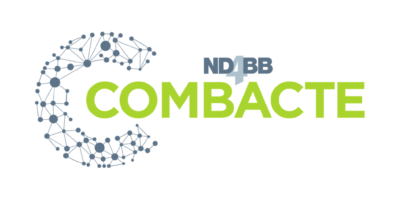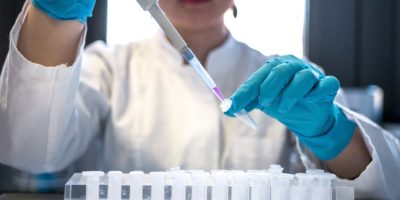Hunting for Antibiotics in the World’s Dirtiest Places
Maryn McKenna has recently written an article about Dr. Adam Roberts, a microbiologist from central England who is using an unconventional, but not unknown method of researching new antibiotics.
In response to one of today’s most urgent issues – antimicrobial resistance – Dr. Roberts has adopted a practice that was most popular when the discovery of antibiotics was on the rise. “The natural microbial world has a whole array of chemistry we haven’t yet looked into, and we don’t have to go to the bottom of the ocean or an extreme environment to find it” he says.
According to the records, Alexander Fleming accidentally discovered penicillin, by noticing that the spores of Penicillium produced a ‘juice’ that killed S. aureus bacteria. After this breakthrough, many antibiotic developments followed, whose origins too came from the environment. It was not unexpected. Bacteria had always developed ‘shields’ in order to defend themselves against various microorganisms. The survival instinct of bacteria thrived in damp and dirty places, and thus the antibiotic effect was discovered.
The steep curve of antibiotic discoveries owed to manufacturers picking up the practice. Many well-known drug manufacturers nowadays such as Pfizer or Merck have, back at the time, researched new antibiotics by reacruiting people to send them soil samples from around the world. Soiled contained millions of microorganisms containing compounds that could kill bacteria. After a few succesful decades however, the series of discoveries lowered until no new antibiotic could be found in soil, except for the ones already existing.
Antimicrobial resistance started to develop after a while, and nowadays scientists are struggling to find new ways to tackle it. Following the example of the past, Dr. Adam Roberts is on a quest to finding new antibiotics in the environment. His campaign ‘Swab and Send’ was launched at the beginning of 2015, and involved participants who, upon paying £5, received a swab and were instructed to find a place in the environment where bacteria has plenty of room to develop. The campaign was met with enthusiasm by participants, who sent samples from the most overlooked places such as keyboards, football stadium toilets, rotten fridge food, etc.
The work of finding succesful compounds is slow, but not without results. Dr. Roberts and his team of graduate students did find some effective compounds that killed bacteria or fungus.
Roberts is now working in the Liverpool School of Tropical Medicine, where the state of the art facilities allow him to further expand his plan to work on new antibiotics.
Source: The Atlantic
Read the full original article here.
Maryn McKenna is a journalist and an author who reports on public health, global health and food policy. She also writes on the same topics in magazines such as National Geographic, The New York Times, The Guardian, Nature, WIRED, and so on. Read more about Maryn McKenna here.
Related updates

The Last of COMBACTE: COMBACTE-NET

Important Pieces Of A Puzzle
